There more than 10 000 types of cereal grains known throughout the world. Despite this rich variety, humans mainly use only 3 of them for food - wheat, barley and corn. In recent times, arrowroot is becoming an ever popular substitute for these.
This obscure cereal grain is a perennial plant, which was, up until recently, chiefly used for agricultural purposes, as a food thickening agent and in the pharmaceutical industry. Now however, more and more people are becoming aware of its nutritious and taste qualities.
Arrowroot is indigenous to the tropical regions of South America. Latin Americans produce flour from this plant by extracting the starch from it by washing the roots, scraping them and then soaking and mashing them. The prepared consistency is then passed through a sieve and dried.
In recent years the technology has improved and the flour from arrowroot roots is obtained on an industrial scale. The resulting powder is widely used in pharmaceuticals but more frequently in the culinary industry as well.
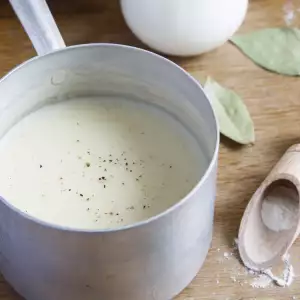
Arrowroot flour is incredibly healthy but is usually added as a mixture to other grain varieties. Every 2/5 cup (100 g) of arrowroot flour contain about 380 calories.
It can be used as an added component in chalk, plaster, flour, wheat, rice and starch. Arrowroot is rich in vitamin A, contains folic acid and group B vitamins, calcium, manganese, potassium.
In it there's a presence of proteins and dietary fiber. Arrowroot can be used as a treatment against diarrhea because of the high content of starch in the roots, as well as for relieving irritated and inflamed skin.
Other uses include as a type of sauce thickener and filling for various kinds of confectioneries. It is very suitable for thickening sour liquids and does not leave behind a starch taste or smell in food.
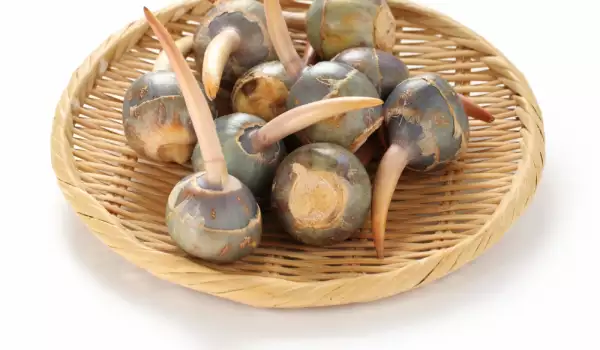

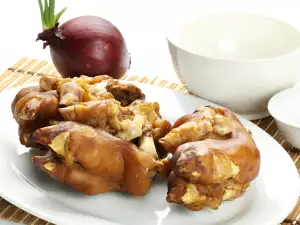

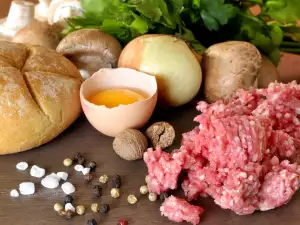



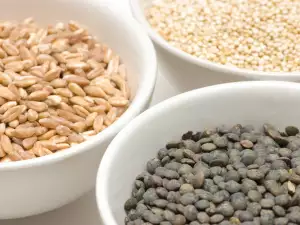

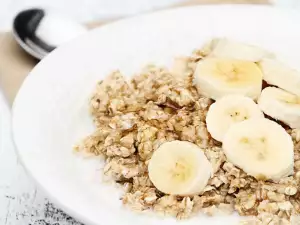
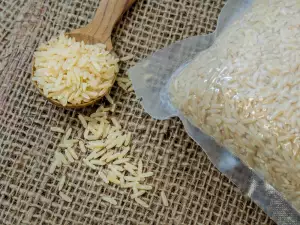
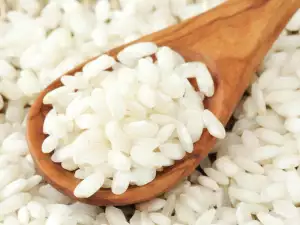

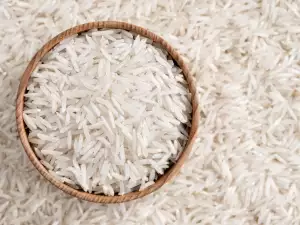
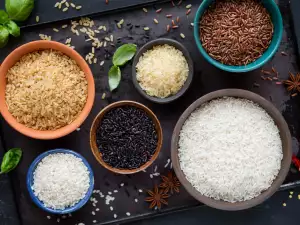




Comments